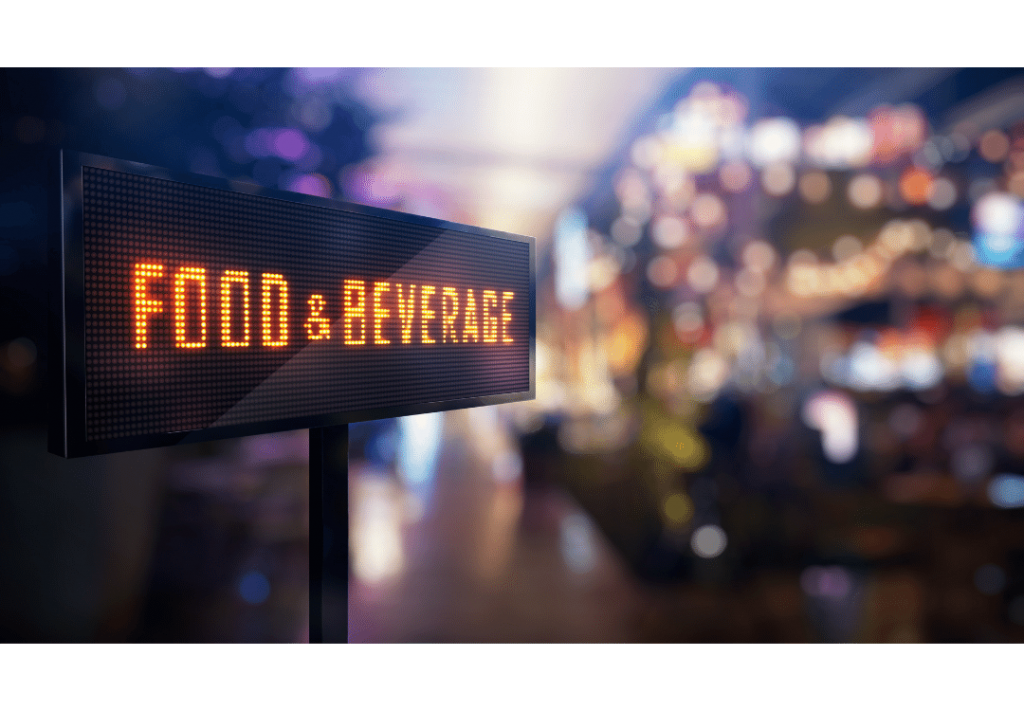Food and beverage retailers are fighting against the time to win the seasonal deadlines. Food & beverage retail product is safe to use before the expiry date. Because contaminated foods cause food-borne diseases which leads to severe health issues.
How can we find the food that has gone bad? While buying an item we can find whether the food is fresh or not. The expiry date on the package helps customers to understand when it should be eaten. The expiration dating method differs from product to product and it has to be fixed by the manufacturers based on its shelf life. Calendar dates are found in Perishable foods like uncooked meat, dairy, and poultry. The shelf-stable products like cans are tagged with closed dating.
Kinds of Dates Labelled on the retail product
A sell-By date says shops the sales time period for product display. Before the product gets expired you should purchase it
A Best before date labeled for the best quality and it’s not for safety.
A Use by date is the last date preferred for the product use which is determined by manufacturers.
Closed dates refer to the packing numbers for use.
You should adhere to the expiry dates particularly for the perishable foods which get decayed soon and lead to food-borne illness.
Beyond the expiration date, there are also several ways to find the expired food i.e. decoloration, mold, odor/taste caused by microbes
All food manufacturing company must follow the three critical regulations of FDA which is HACCP, FSMA, and CGMP. This ensures that the product is safer and healthier for consumption.
Food and beverage: Trying to dig up when food went nasty:
Many factors affect the shelf life of the food product both from a safety and quality point of view. What in general helps food to stay longer? Higher acidity, low moisture, high sugar or salt content. To help products stay safe and cool longer producers may also heat or expose food, use alternative processing approaches, or add preservatives like benzoates.
No matter what ingredients, addictive or treatments, no food lasts forever companies must determine the durability of the product.
Major food businesses can perform microbial challenge studies on food products.
For instance, they could add Listeria monocytogenes to refrigerated packaged delis. They add a pathogenic microorganism (which could make people sick) of concern for this specific product. Listeriosis is a serious infection of particular concern to pregnant women, older adults, and young children.
Investigators then store contaminated food under conditions likely to be practiced in the transportation, storage, store, and home of consumers. They consider temperature, handling, and that sort of thing.
Infective doses vary for each harmful microorganism or organism quantity that would cause illness to people.
With the different span of storage time, the researcher’s undergone product testing to identify the exact point the microorganism living would be higher for security.
Companies usually label the product with “use by” based on the shelf life fixed in the challenge study which ensures the people how long it’s safer to us. Companies fixed the expiry date just some days before the product testing point out the product is no safer to use. However, there is no standard for the duration of this “safety margin”, it is set at the discretion of the manufacturer.
Medium-sized companies tag a date on the basis of the shelf life of the product of the competitors.
Acumatica helps you to improve food & beverage industry accounting. The good ERP cloud software makes your food and beverage business simple and efficient. It also helps the manufacturer by enabling the best food and beverage strategies thus yield better food retail products met with regulation standards.

